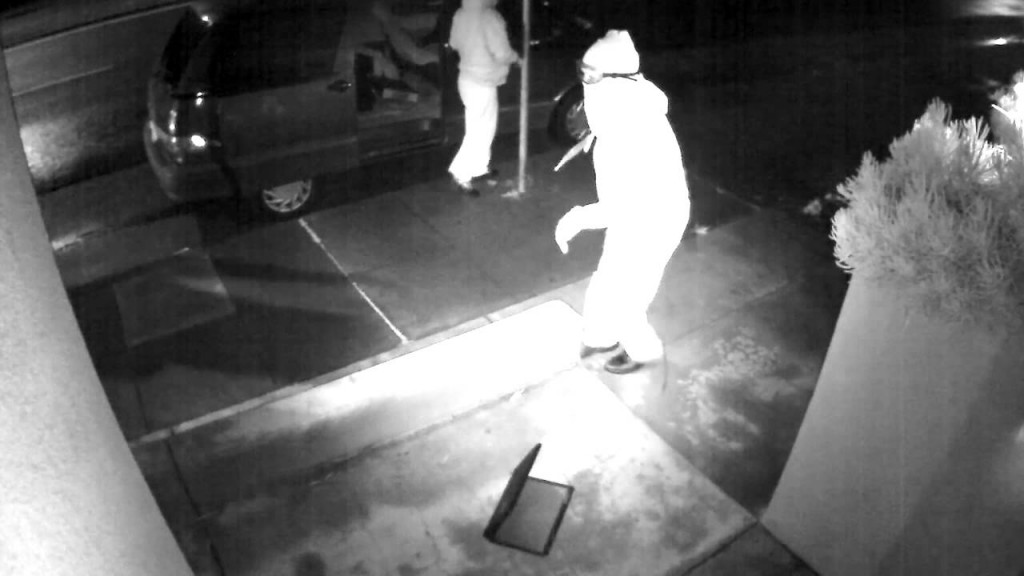 Changes and advances in technology are affecting CCTV and other related surveillance systems in a rapid manner. Currently, most CCTV footages can be digitised and directly stored in computers rather than recording tapes; with the amount to be kept differs upon sizes of hard drives. To concretise this, CCTV systems are usually armed with an encoder which changes video signals and sends them to the internet for one’s viewing or storage. As a result, it is possible for viewers from different areas to watch the same footages simultaneously, as long as all they have the correct passwords to unlock these materials.
Changes and advances in technology are affecting CCTV and other related surveillance systems in a rapid manner. Currently, most CCTV footages can be digitised and directly stored in computers rather than recording tapes; with the amount to be kept differs upon sizes of hard drives. To concretise this, CCTV systems are usually armed with an encoder which changes video signals and sends them to the internet for one’s viewing or storage. As a result, it is possible for viewers from different areas to watch the same footages simultaneously, as long as all they have the correct passwords to unlock these materials.
Similar to our home television, most CCTV systems also comes in High Definition (HD). Some of the latest CCTV systems are receptive towards specific movements like fights and cameras in these systems are able to target locked or be tuned into a specific direction. Other cameras are gifted in recognition, on top of facial features, some cameras can even identify the walking style of individuals.
Traditionally, when the targeted individual left the scene, there is no way a camera could have trace back the person. However, with a multi-camera tracking system, a camera is able to pick up from where the previous camera had left off, so that monitoring is continuous without disruption. Furthermore, some systems also come with memory functions so that faces of targeted individuals will be scanned with facial features being picked out to be remembered by the system, these information could be retrieved when they reappeared.
Modern CCTV systems are becoming so small that they could be inserted into a clock or put into a shirt pocket. Controlling these machines are becoming easier via mobile applications, either on site or off site. A classic example will be the Remote Network Monitoring (RMON). Individuals are now able to keep track of any emergency which takes place and notify authorities immediately but remotely, so as to minimise the possibility of being harmed.
“Manything”, a new mobile application had also successfully turned old IPhones into portable CCTV cameras, by connecting it to the application and another IPhone, for the purpose of receiving and reviewing the footages. This invention has helped policemen in both US and UK to solve many neighbourhood break-in cases, as most of the footages are sent directly to the officers’ phones.
It is heartening to know that technology is helping our CCTV systems in many ways, however, one still need to bear in mind such influence is bilateral. As far as technology is influencing CCTV, CCTV is also influencing technology. Thus, do not regular maintenance and upgrading are the best solutions, if we want surveillance to be guaranteed.


